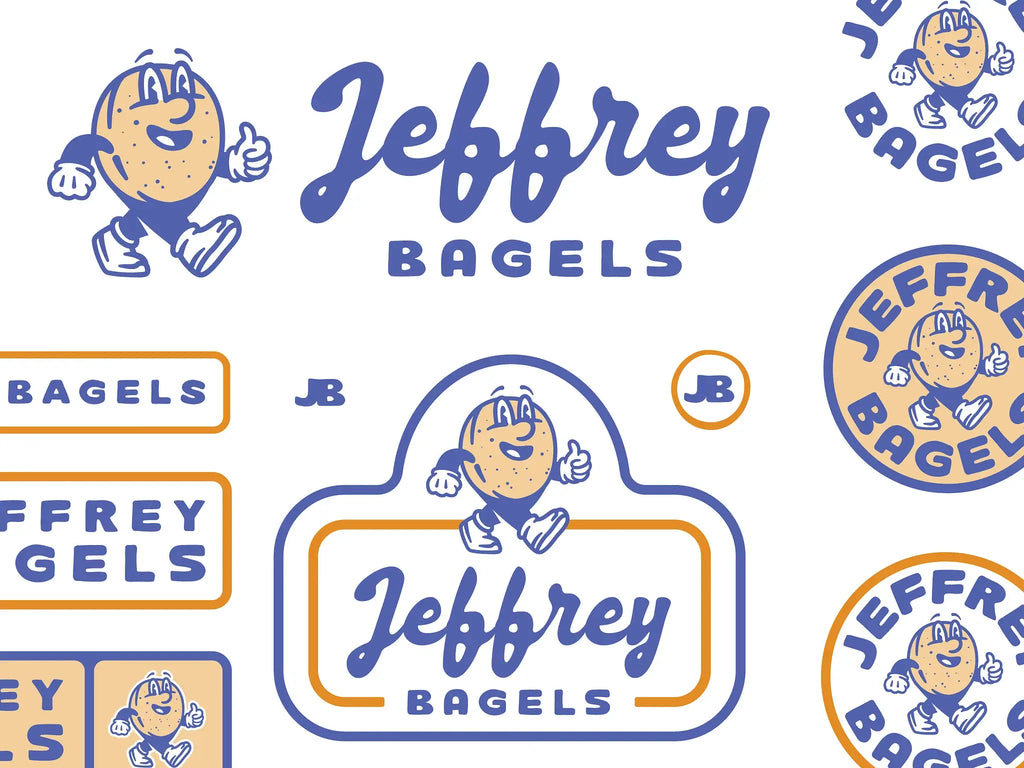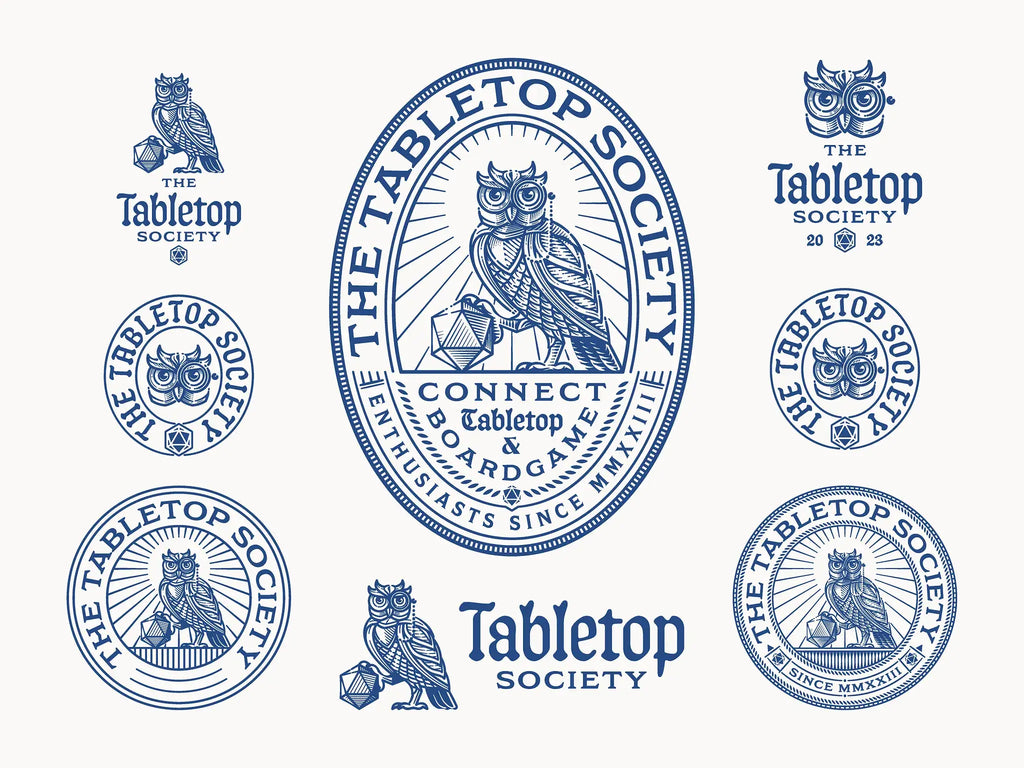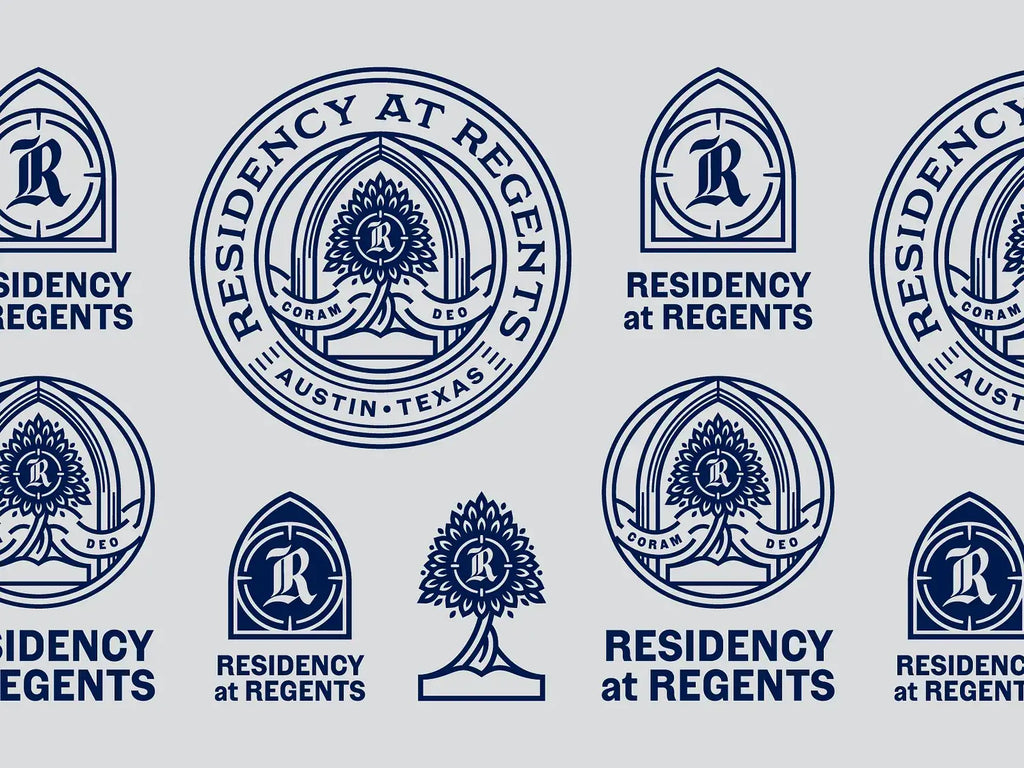Contextual Logo Variations/ Event-Specific and Promotional Use

Source: Curt Crocker, Jeffrey Bagels, Dribbble, https://dribbble.com/shots/18923284-Jeffrey-Bagels
Branding strategies must be adaptable to capture the attention of diverse audiences, one effective approach is the use of contextual logo variations, where a brand’s logo is tailored to fit specific events or promotional activities. This adaptive strategy not only enhances brand visibility but also strengthens connection with the target audience by aligning the logo’s design elements with the particular themes and goals of events or promotions.
Contextual logo variations go beyond mere aesthetic changes; they involve a strategic integration of design nuances that resonate with the event’s essence or the promotional message. This could mean altering colors, typography, or graphics to reflect a festive season, a corporate milestone, or a global sports event, thereby creating a direct and impactful communication with the audience.
By utilizing contextual variations, brands can maintain a fresh and relevant presence, encouraging greater engagement and fostering a deeper brand allegiance. As such, these variations are not just decorative but are a crucial part of a comprehensive branding strategy aimed at making every interaction with the brand a unique and memorable experience.
Why Context Matters in Logo Design
A logo is more than just a symbol; it is a reflection of a brand’s identity and values. However, a static logo may not always be effective in every situation. This is where contextual logo variations come into play. The context in which a logo appears significantly influences how it is perceived, making it essential for brands to adapt their visual identity to different scenarios without losing brand recognition.
Context determines how a logo resonates with an audience. A logo used for a corporate event, for instance, may require a more formal and professional adaptation, while a logo designed for a seasonal campaign could incorporate festive elements. Ignoring context can lead to a disconnect between a brand and its target audience, reducing engagement and impact.
Adapting a logo to different contexts does not mean completely redesigning it. Instead, subtle changes in color, layout, or supporting visuals can make a logo more relevant to the occasion. Whether for a product launch, an anniversary celebration, or a community initiative, contextual logo variations help brands remain flexible and responsive to changing environments.
Event-Specific Logo Variations
Events present a unique opportunity for brands to connect with their audience in a meaningful way. Contextual logo variations for events allow companies to tailor their branding to suit the theme, atmosphere, and purpose of an occasion while maintaining brand identity.
Event-specific logo variations often involve modifications that reflect the nature of the gathering. For example, a logo used at a charity fundraiser might incorporate softer, community-focused imagery, while one designed for a high-energy tech conference could feature modern, futuristic elements. Sporting events, festivals, and corporate summits all benefit from custom logo adaptations that align with the spirit of the event.
A well-designed event-specific logo enhances recognition and makes promotional materials more cohesive. Whether displayed on banners, digital screens, merchandise, or invitations, a refined variation ensures that branding remains strong while adapting to the occasion. Thoughtful design choices, such as adding a commemorative date or incorporating a relevant symbol, make the logo feel exclusive and tailored for the event.
Seasonal Logo Adjustments
Seasonal changes offer brands an opportunity to stay visually relevant and engage with audiences in a fresh and timely manner. Contextual logo variations adapted for different seasons allow businesses to align their branding with consumer expectations, holidays, and cultural moments without straying from their core identity.
Seasonal logo adjustments often involve subtle but impactful design modifications. For instance, a winter-themed variation may incorporate snowflakes, icicles, or a cooler color palette, while a summer adaptation might use warm hues and playful elements like sunbursts. These adjustments help brands evoke emotions tied to the season, fostering a stronger connection with their audience.
Holiday-based logo variations are also a common and effective practice. A brand may introduce festive elements such as ribbons for the holiday season, pumpkins for Halloween, or florals for spring celebrations. These designs can be featured on websites, social media, packaging, and promotional materials to enhance seasonal marketing efforts.
While seasonal modifications create a sense of excitement, maintaining brand recognition is essential. Changes should be subtle enough that the logo remains instantly recognizable. This balance ensures consistency while allowing the brand to appear dynamic and adaptable.

Source: Peter Voth, The Tabletop Society, Dribbble, https://dribbble.com/shots/21279325-The-Tabletop-Society
Promotional Logo Adaptations
Promotional campaigns require distinct visual strategies to capture attention and convey marketing messages effectively. Contextual logo variations designed for promotions help brands align their identity with specific sales, product launches, or marketing events while maintaining visual consistency.
Promotional logo adaptations often involve changes that emphasize urgency, exclusivity, or excitement. For example, during a limited-time sale, a brand may integrate bold typography, striking colors, or call-to-action elements like banners or price tags. These modifications help reinforce the promotional message while keeping the logo recognizable.
Brands also use logo adaptations for special collaborations or sponsorships. A co-branded promotional event may incorporate elements from both brands to create a unified visual presence. This strategy enhances brand association and makes the promotion feel exclusive.
Another approach to promotional logo design is the use of temporary overlays. For digital campaigns, brands may add animations, gradients, or subtle effects that make the logo stand out while maintaining the integrity of the original design. This is commonly seen in e-commerce sales, product reveals, or milestone celebrations.
While promotional adaptations are meant to be attention-grabbing, they should always complement the brand’s existing identity. Over-modification can lead to confusion or dilute brand recognition. Thoughtfully designed contextual logo variations allow businesses to maintain credibility while boosting engagement for their promotional efforts.
Color Variations for Different Backgrounds
Choosing the right colors for a logo when it is placed against various backgrounds is crucial for maintaining visibility and brand recognition. Contextual logo variations often include color adaptations to ensure the logo stands out effectively on both light and dark backgrounds, as well as on colorful or patterned surfaces.
For logos that appear on multiple platforms, it's essential to have a flexible color scheme. This may mean designing a primary logo color palette that includes both a standard and a reversed color set. The standard set can be used on light backgrounds, while the reversed set is optimized for dark backgrounds. For instance, a logo that is typically dark blue might have a white or light gray version for use on dark or busy backgrounds.
Additionally, brands might use semi-transparent variations that can overlay on images and textured surfaces without losing their identity. This approach ensures that logos maintain their integrity across different marketing materials, from digital media to physical merchandise like T-shirts and promotional banners.
Effective use of color variations not only enhances the aesthetic appeal but also improves functional visibility. Brands can ensure their logos are always clear and recognizable by preparing for different contextual uses, reinforcing their message across diverse media outlets.
Simplified Logos for Small-Scale Use
In today's digital age, a logo must be versatile enough to maintain its integrity across various applications, from large billboards to tiny mobile icons. Contextual logo variations for small-scale use focus on simplifying the design to ensure it remains clear and effective when scaled down.
Simplified logos typically reduce the level of detail, favoring bold lines and clear, readable text. This might mean streamlining elements that are too intricate to be discernible at smaller sizes or adapting the logo into a single-color version that can be easily recognized without color cues. For instance, complex gradients or fine text might be replaced with simpler, solid colors and bolder fonts.
The key is to maintain the essence of the original design while making adjustments for legibility and recognition on small screens and minor print forms. Brands might create a distinct iconographic version of their logo, which can be used in places where space is limited, such as favicons, app icons, or social media profile pictures.
Implementing these simplified versions ensures that the brand remains recognizable and impactful, no matter the scale of display. It’s a crucial consideration for businesses looking to maintain a consistent and professional image in all visual touchpoints.
Dynamic Logos for Digital Media
In the digital age, logos must be adaptable to various interactive platforms to capture and maintain user engagement. Contextual logo variations for digital media often incorporate dynamic elements that change in response to user interactions or different digital environments. This flexibility can significantly enhance user experience and reinforce brand messaging in a memorable way.
Dynamic logos might include animated versions that play when a user first arrives on a webpage or interacts with a mobile app. These animations can subtly hint at the brand's activity or values—for example, a travel company's logo that morphs into a plane flying across the screen. Additionally, logos can change depending on the time of day, such as a coffee shop logo that transitions from a morning sunrise to a nighttime theme.
The use of responsive logo designs, which adapt in size, complexity, or even color scheme based on the user's device, ensures that the logo always fits perfectly within its digital context. For instance, a detailed desktop logo might simplify automatically when viewed on a smartphone to ensure clarity and load efficiency.
Implementing dynamic logos requires thoughtful design to ensure that changes strengthen the brand's identity rather than dilute it. When executed well, dynamic logos make digital interactions more engaging and help brands stand out in a crowded digital landscape.

Source: Peter Voth, Residency at Regents, Dribbble, https://dribbble.com/shots/22402977-Residency-at-Regents
Limited-Edition Logos for Milestones
Celebrating milestones such as anniversaries or significant achievements with limited-edition logos is a powerful way to engage with audiences and mark important events in a brand's history. Contextual logo variations that commemorate these special occasions can foster a sense of community and brand loyalty, making customers feel part of a shared celebration.
Limited-edition logos often incorporate elements that reflect the significance of the milestone, such as the number of years a company has been in business or imagery that highlights major achievements. These logos can be used in marketing campaigns, special merchandise, event signage, and digital platforms to create a cohesive celebratory theme.
For example, a company might add a golden "50th Anniversary" badge to its standard logo or adapt its logo with visual elements that signify its heritage. These adaptations not only draw attention but also provide an opportunity for storytelling about the brand's journey and core values.
Such contextual adaptations should be designed with a clear understanding of the brand's history and audience. They should enhance the existing logo while ensuring that it remains recognizable to the audience. Limited-edition logos not only celebrate milestones but also strengthen emotional connections with the audience by making them part of the brand's ongoing story.
Commemorative Logos for Social Causes
Commemorative logos for social causes are a powerful tool for brands to show solidarity and support for important issues. By adapting their logos to reflect social causes, companies can effectively communicate their commitment to societal change and engage their audience in meaningful ways. Contextual logo variations used in this way help to raise awareness and can significantly impact public perception and brand alignment with values.
Such logos often incorporate symbols that are widely recognized as representing the cause, such as ribbons for health awareness campaigns or specific color schemes associated with various social movements. For example, a brand might alter its logo to feature pink during Breast Cancer Awareness Month or rainbow colors during Pride Month.
These adaptations can be applied across various platforms, from social media profiles to product packaging, and are especially prominent during campaigns or on significant days related to the cause. The key is to handle these changes respectfully and thoughtfully, ensuring that the modifications are not seen as mere marketing tactics but as genuine efforts to contribute to the cause.
Effectively designed commemorative logos not only help in fostering community engagement but also enhance brand loyalty by aligning corporate values with those of consumers who support or are affected by these causes. By thoughtfully integrating contextual logo variations into their branding strategy, businesses can make a significant impact on both society and their brand image.
Event Sponsorship and Collaborative Logos
Event sponsorship and collaborations offer unique opportunities for brands to expand their reach and enhance their image through contextual logo variations. When companies sponsor events or enter into collaborations, they often adapt their logos to reflect the partnership or the event theme. This not only serves to co-brand the event or product but also to signal the brand's active involvement and support.
Such logo adaptations can take various forms, from incorporating the event's color scheme to merging elements of both brands' logos to create a cohesive design. For example, during a music festival sponsorship, a brand might integrate musical elements into its logo, or for a sporting event, incorporate dynamic, athletic motifs.
The design of these logos requires careful consideration to maintain brand identity while also respecting the partner's branding or the event's aesthetic. The goal is to ensure that the logo variation is recognizable and relatable for the audience of both entities.
Additionally, these logos are often used in promotional materials, event signage, merchandise, and digital campaigns to highlight the partnership and enhance promotional efforts. Effective use of collaborative logos in such contexts not only boosts visibility during the event but also strengthens the relationships between collaborating brands and their shared audience.
Conclusion
Contextual logo variations play a crucial role in keeping a brand's visual identity both dynamic and relevant across different platforms, events, and promotional efforts. By strategically adapting logos to fit specific contexts, companies can enhance audience engagement, maintain brand consistency, and effectively communicate their values and messages. Whether through seasonal adjustments, event-specific designs, or commemorative logos, these variations help brands remain flexible and responsive to changing environments and audience expectations. Ultimately, well-executed contextual variations not only strengthen brand recognition but also deepen customer relationships and brand loyalty.
Let Us Know What You Think!
Every information you read here are written and curated by Kreafolk's team, carefully pieced together with our creative community in mind. Did you enjoy our contents? Leave a comment below and share your thoughts. Cheers to more creative articles and inspirations!















Leave a Comment